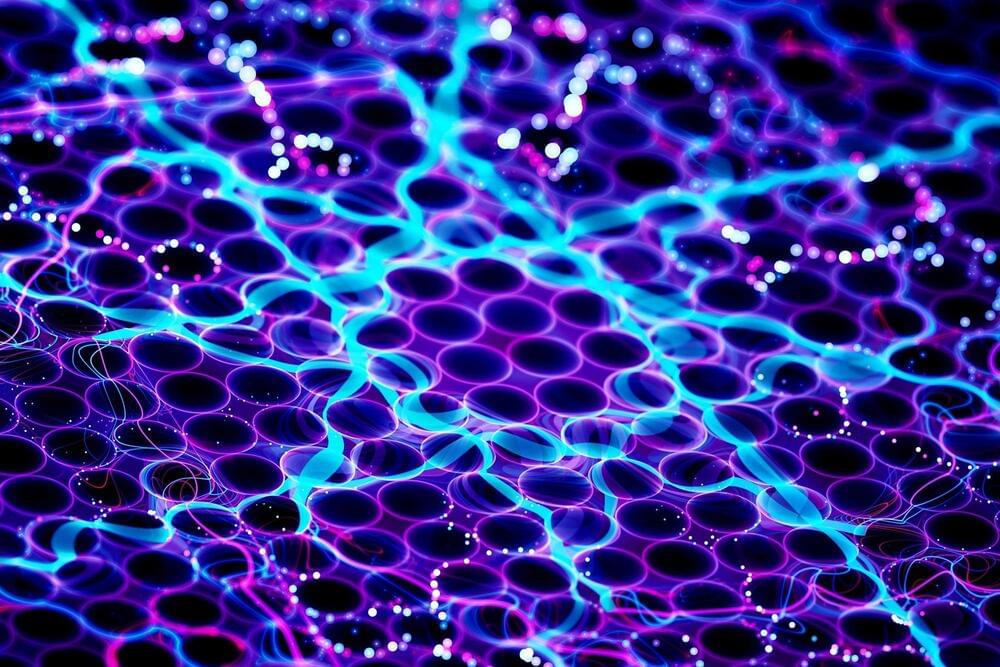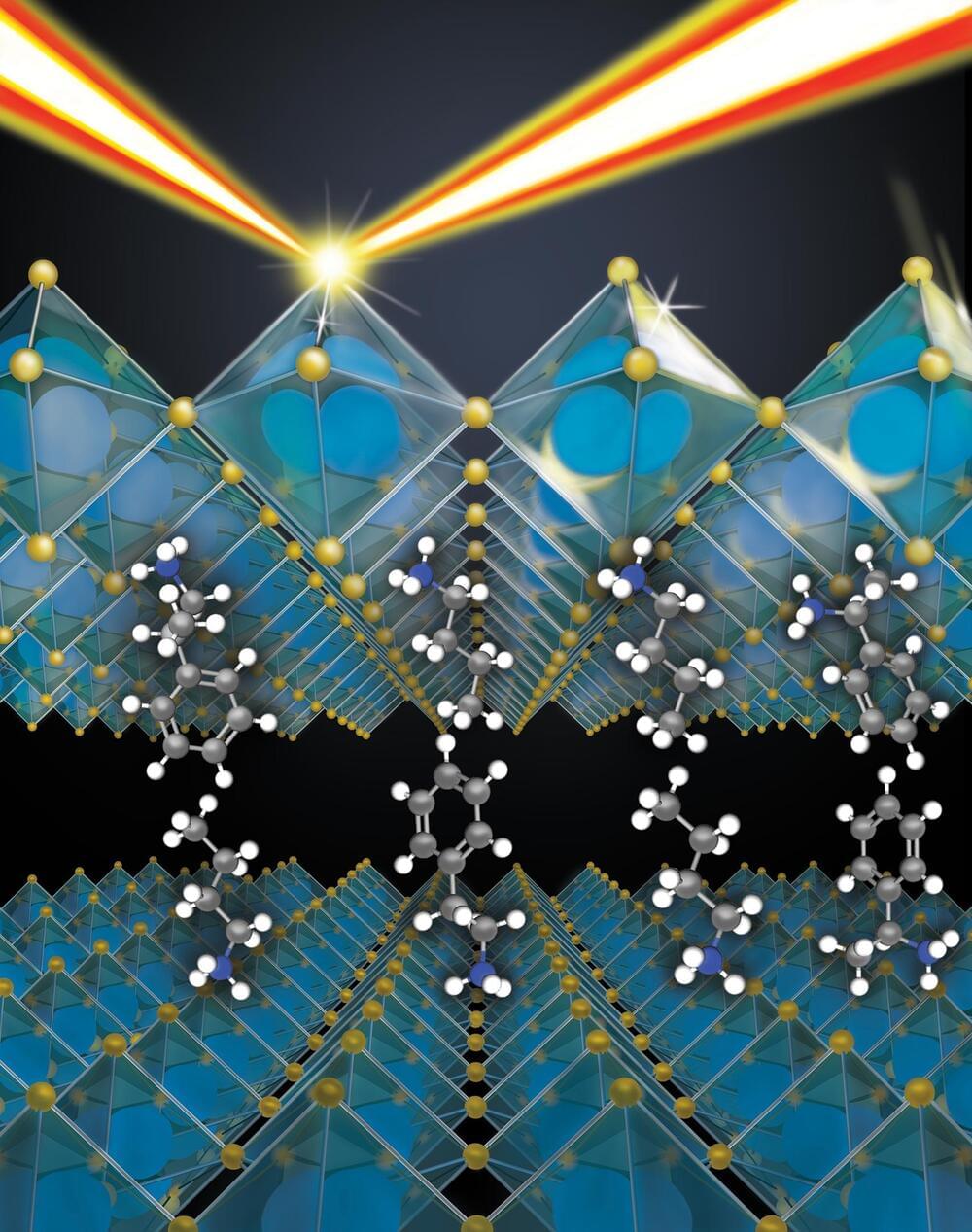Demonstration of RAF jackal drone firing missiles.
This footage shows a demonstration where a new RAF ‘Jackal’ drone fires missile at a target. The missile can be seen launching out the new drone as it flies above the ground.
The JACKAL drone capability has been designed and developed by experts from UK-based Flyby Technology, with Turkish partners FlyBVLOS Technology and Maxwell Innovations providing design engineering and prototyping expertise, to fill a recently discovered gap in modern combat operations.
As a Vertical Take Off and Landing (VTOL) platform, JACKAL is designed to satisfy a number of roles, including Battlefield Air Interdiction, Close Air Support, engaging helicopters in flight and killing tanks, to denying the use of runways and roads.
The trial — sponsored by the Rapid Capabilities Office (RCO) of the Royal Air Force – involved teams from Flyby and the technology giant Thales which also manufactures the LMM.






